Deck & Commander Strategies
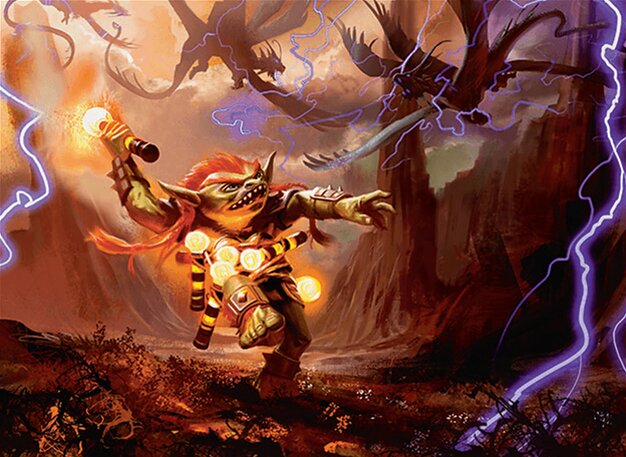
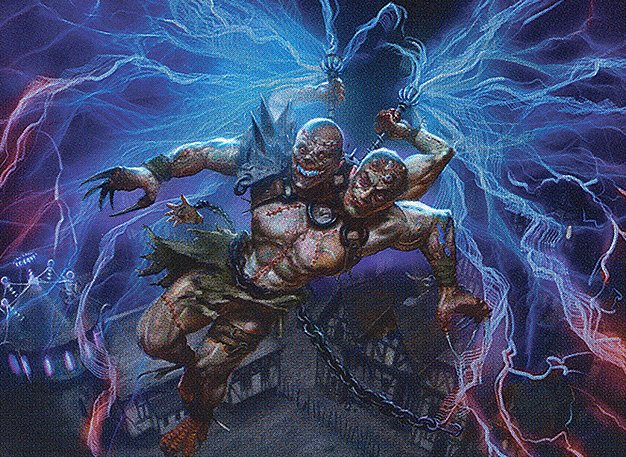
Vial Smasher the Fierce & Kraum, Ludevic's Opus
An Izzet spellslinger deck aiming to deal incremental damage through Vial Smasher’s triggered damage when casting the first spell each turn and draw cards with Kraum’s ability when opponents cast multiple spells.
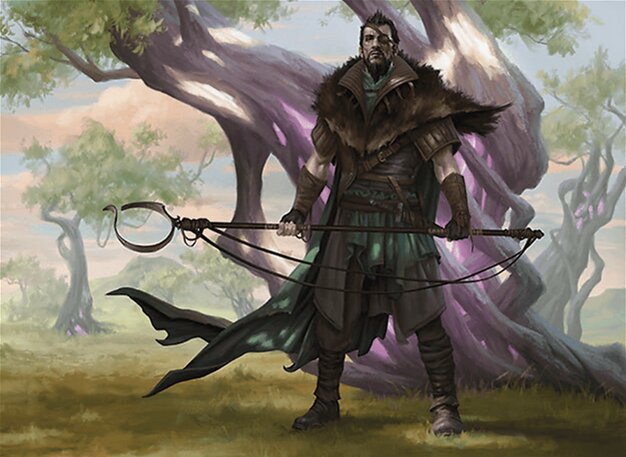

Ukkima, Stalking Shadow & Cazur, Ruthless Stalker
A mutate-focused deck that grows creatures through combat damage and +1/+1 counters, leveraging mutate triggers for board development and aggressive combat.
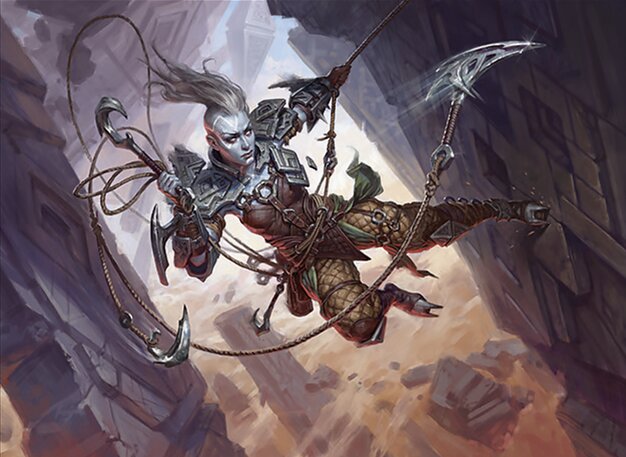
Akiri, Fearless Voyager
A Boros voltron deck focused on equipping Akiri with multiple equipments to draw cards and deal combat damage efficiently.
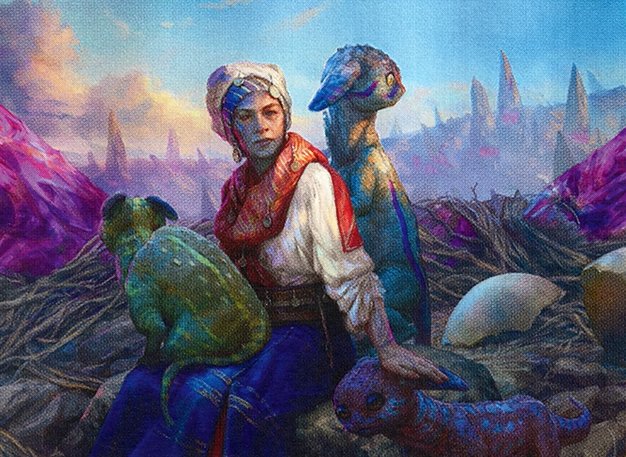
Gavi, Nest Warden
A cycling synergy deck that generates value by cycling cards to draw and create tokens, which then attack to drain opponents’ life while maintaining card advantage.
Gameplay Insights
- 1
Early ramp and mana fixing with Sol Ring, Soul Ring, and signets allowed players to accelerate into their key creatures and spells quickly.
- 2
John’s mutate strategy capitalized on growing creatures via combat damage counters, enabling threats to scale each turn.
- 3
Adrian’s use of equipment on Akiri generated card advantage and incremental damage, emphasizing the voltron approach.
- 4
Colin leveraged Vial Smasher’s damage triggers on opponents’ spells to maintain pressure and disrupt plans while drawing cards with Kraum.
- 5
Lucas’s cycling theme contributed to steady card draw and token generation, providing board presence and incremental damage over time.
Notable Cards
-

Vial Smasher the Fierce
-

Kraum, Ludevic's Opus
-

Akiri, Fearless Voyager
-
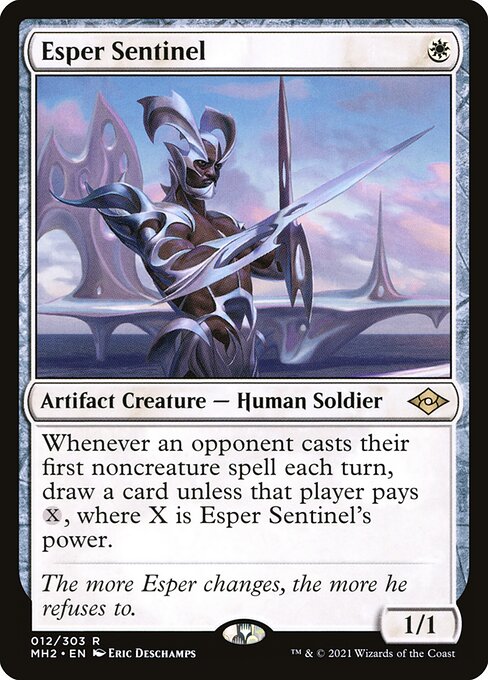
Esper Sentinel
-

Sol Ring
-
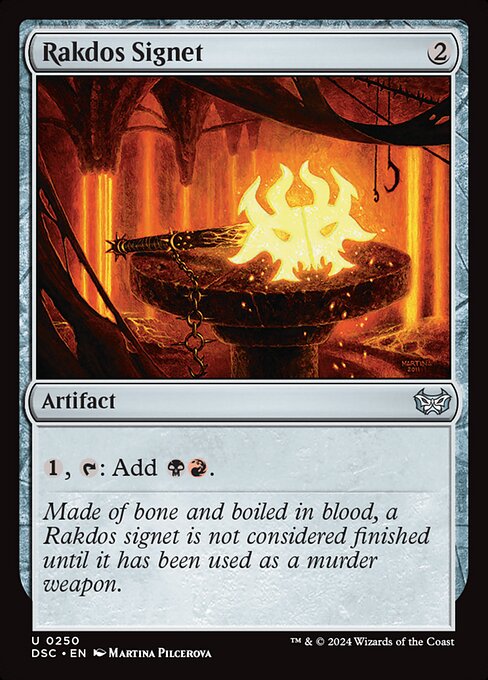
Rakdos Signet
-

Gavi, Nest Warden
Gameplay Summary
The game started with each player setting up their respective strategies, featuring a mix of aggressive, mutate, voltron, and cycling themes.
Early plays included ramp spells like Sol Ring and mana fixing lands, with players establishing board presence through creatures such as Esper Sentinel and Kazur, Ruthless Stalker.
John’s mutate deck began to build momentum by applying counters and evolving creatures, while Adrian’s Boros voltron deck aimed to equip and grow Akiri for incremental card draw and combat dominance.
Lucas focused on cycling synergies with Gavi, Nest Warden, creating tokens and leveraging repeated card draws for value.
Colin’s Izzet duo of Vial Smasher and Kraum applied pressure by punishing opponent spells with damage and drawing cards, setting up for a potent spell-slinging game plan. Key turning points emerged as mutate triggers and equipment attached to commanders began to shift combat dynamics.
John’s use of Kazur to grow creatures through combat damage counters positioned his board as a growing threat.
Meanwhile, Adrian’s Akiri continued to accumulate equipment, threatening to close the game with voltron damage.
Lucas’s cycling engine churned out tokens that distracted opponents and chipped away at life totals.
Colin leveraged the synergy between Vial Smasher’s damage output and Kraum’s card draw to maintain both offensive and defensive pressure.
Although the game was still unfolding, the interaction between mutate growth, equipment boosts, and spell-triggered damage appeared central to the evolving board state and win conditions.

















![Tevesh/Prava vs Akiri vs Sakashima/Vial vs Yuriko [EDH/Commander Magic The Gathering Gameplay] 2021 thumbnail](https://i.ytimg.com/vi/0OTTyReRAWc/sddefault.jpg)





![Chulane vs Gavi vs Akiri vs Edgar [EDH/Commander Gameplay] 2020 thumbnail](https://i.ytimg.com/vi/t6-gBD5ZKzU/sddefault.jpg)










![Baral vs Ezuri vs Akiri vs Sakashima & Vial Smasher[ EDH/Commander, MTG Gameplay ] 2022 thumbnail](https://i.ytimg.com/vi/CqsI3iYmiJw/sddefault.jpg)


